
ACVIM 2013: Comparing Human and Equine Neonates
Neonatologist Dr. Christine Gleason of Seattle Children’s Hospital talks about the similarities between human babies and foals and lessons the two fields can learn from each other.

Neonatologist Dr. Christine Gleason of Seattle Children’s Hospital talks about the similarities between human babies and foals and lessons the two fields can learn from each other.

Dr. Sarah Reuss of the University of Florida College of Veterinary Medicine describes the special care equine internal medicine specialists offer horses and their owners.

Dr. Scott Palmer explains how vital signs are used to monitor racehorses during and after training.

Internal parasites can make a horse unthrifty and cause poor hair coat, digestive issues, and even colic. Learn about these and other clinical signs of a wormy horse from Dr. Steve Sundholm of Equus Veterinary Service in Oregon City, Ore.

Drs. Nathan Slovis and Peter Morresey present unique medical and surgical cases involving foals, including heart murmurs, ivermectin overdose, sepsis, foals post dystocia, hernias, fractured ribs, kidney problems, and more.
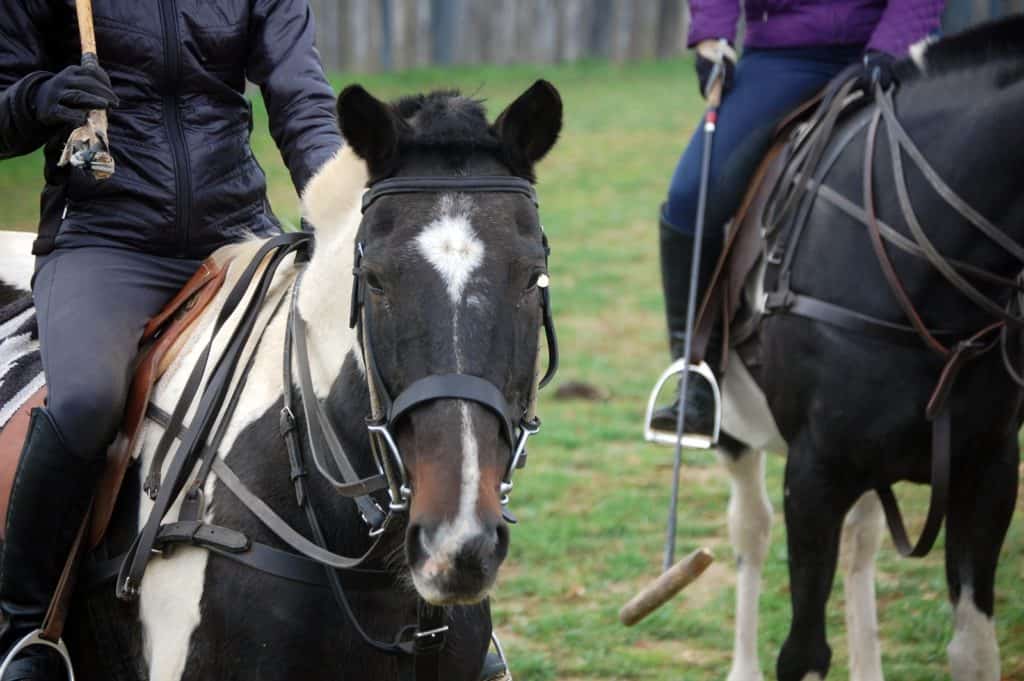
Dr. Erica McKenzie of Oregon State University shares the horse breeds and diseases associated with tying up.

Dr. Erica McKenzie of Oregon State University shares how to get your horse into riding shape after a winter’s rest.

Dr. Erica McKenzie of Oregon State University describes the common causes of exertional rhabdomyolysis in horses.

Recovery following completion of three-day events is different than it was when cross-country was long format, says Kent Allen, DVM, head treating vet at the Rolex Three-Day Event.
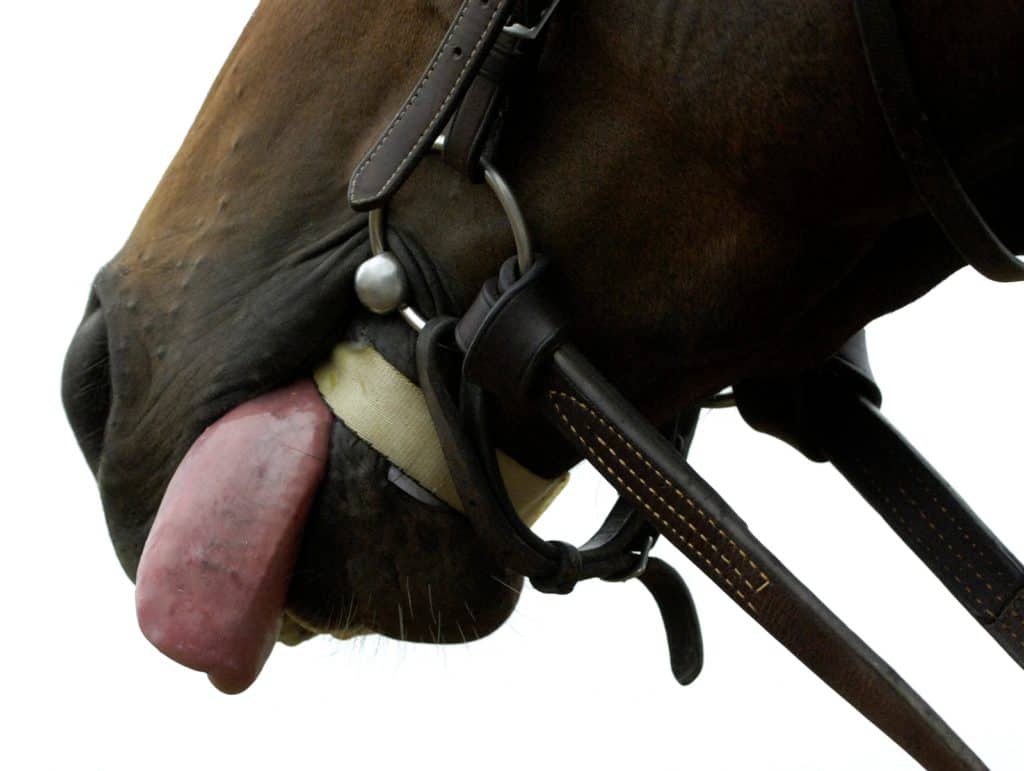
Dr. Scott Palmer explains why some racehorses wear tongue ties and why this equipment is important.
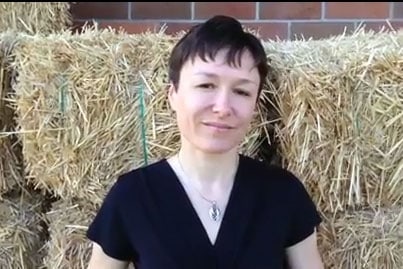
Dr. Erica McKenzie of Oregon State University shares why red urine is a concern in horses that are tying up.

Dr. Erica McKenzie of Oregon State University answers a common question: Should a horse walk or rest when tying up?

Dr. Scott Palmer describes a typical racehorse feeding regimen.

Duncan Peters, DVM, MS, describes the physiology, athleticism, and stamina of three-day event horses.
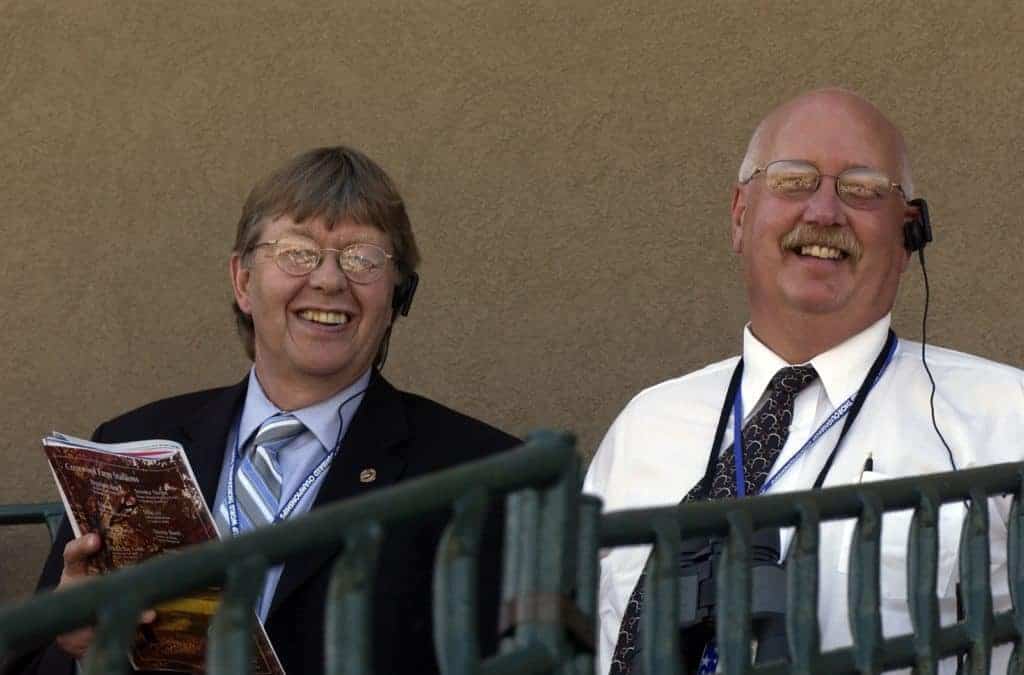
Dr. Larry Bramlage, AAEP On Call Veterinarian, lists two examples of On Call communication in action–Filago (1991 Breeders’ Cup Turf) and Barbaro (2006 Preakness).
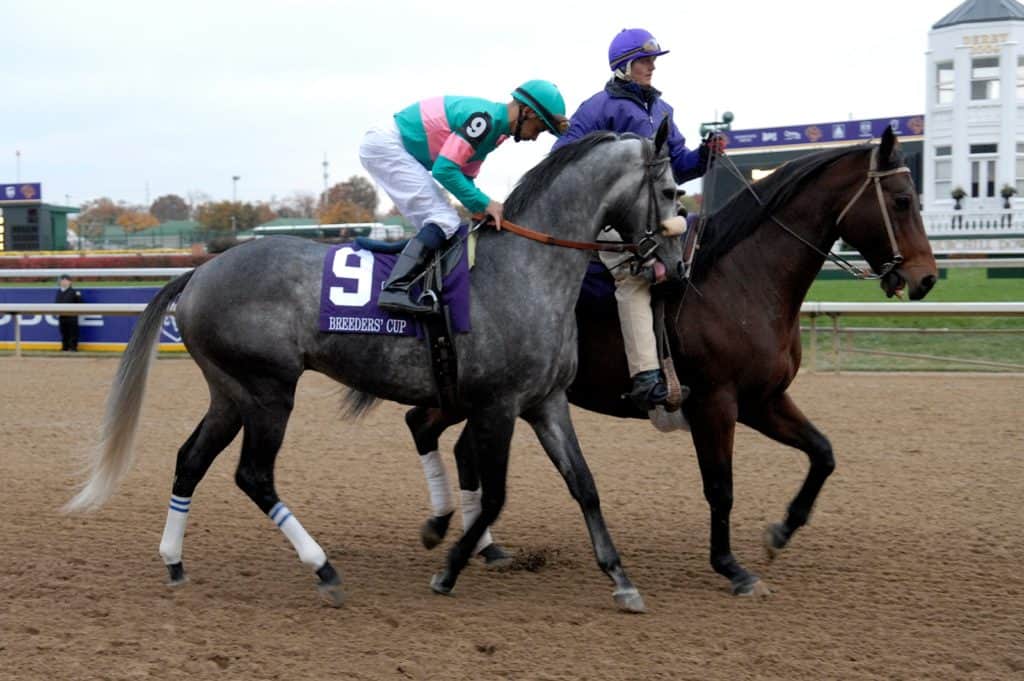
Dr. Scott Palmer describes some bandaging techniques used on horses during races.
Stay on top of the most recent Horse Health news with
"*" indicates required fields